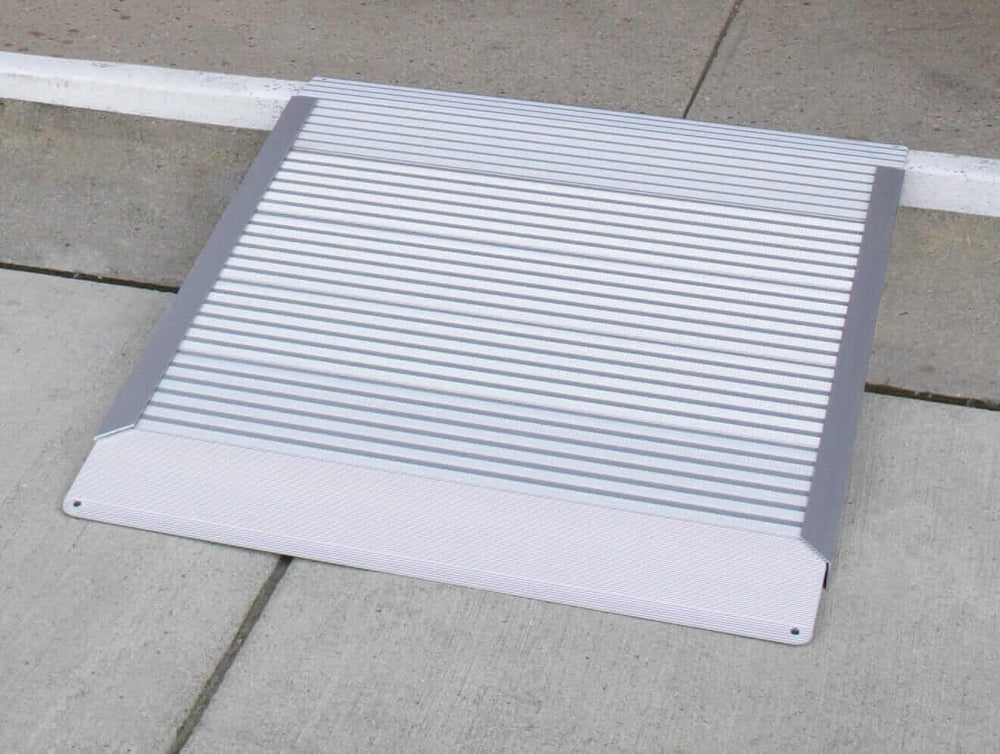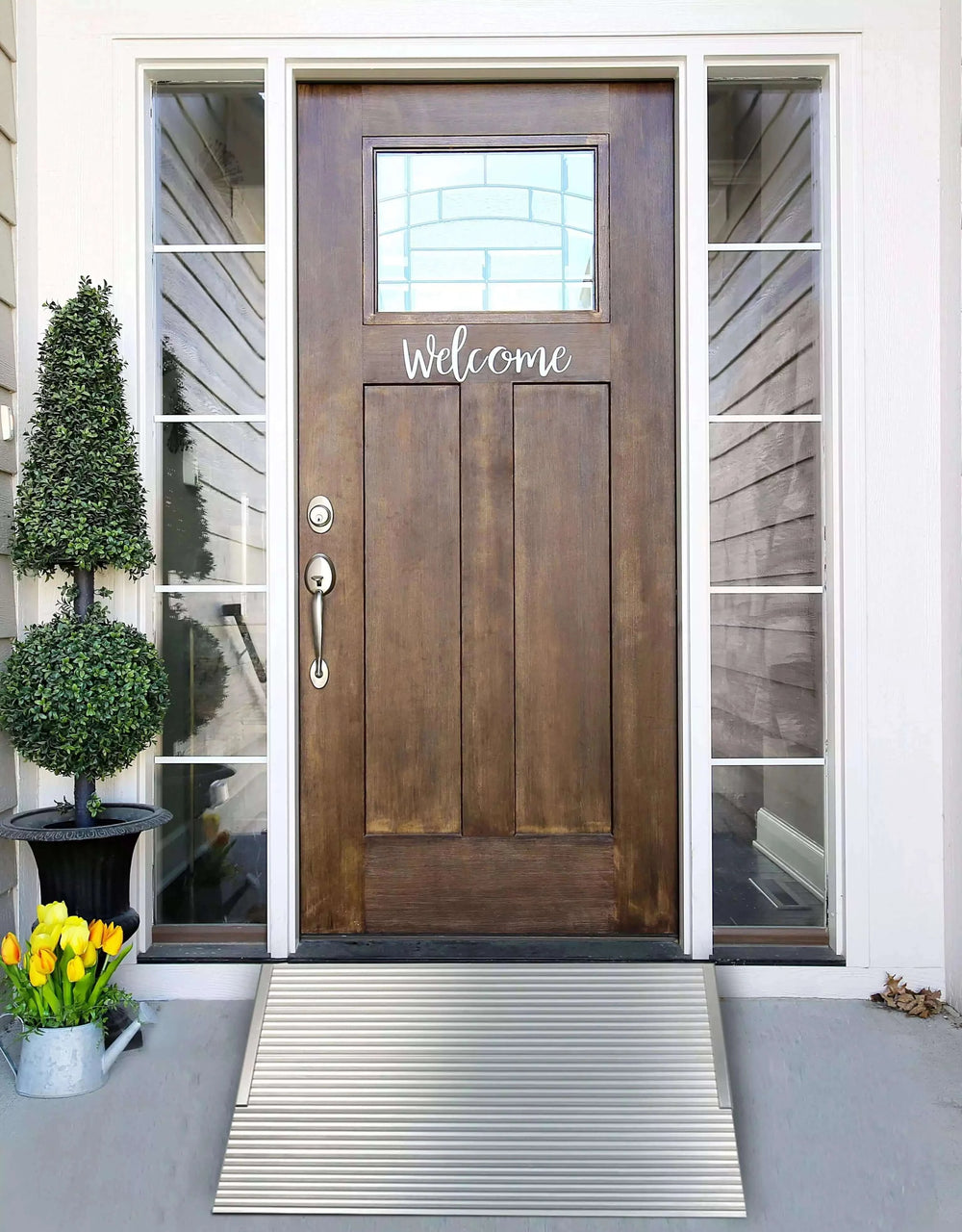Enhancing Accessibility: The Impact of Disability Ramps on Everyday Life

Understanding the Importance of Accessibility Features
In inclusive urban design, the role of accessibility features like disabled ramps and wheelchair ramps is paramount. These features cater to individuals with diverse mobility challenges, fostering equality and integration. Disability ramps, such as wheelchair ramps for homes and handicap ramps for wheelchairs, are fundamental in ensuring that everyone can navigate public spaces with ease.
The implementation of ramps for disabled people transcends convenience; it symbolizes a commitment to societal inclusivity. By connecting different heights and levels, ramps for wheelchairs facilitate physical movement and represent a society that values the participation of all its members. Communities that install handicap ramps and disability ramps for home show dedication to embracing diversity and eliminating barriers to access.
The integration of portable wheelchair ramps, temporary handicap ramps, and other accessibility features into architectural designs reflects a shift towards empathetic urban planning. It is no longer just about complying with regulations, but about celebrating differences and empowering individuals to navigate the world independently.
When designing public spaces, ramp setups must be seen as symbols of progress. Handicap ramps for homes, movable wheelchair ramps, and aluminum ramps for homes redefine space, fostering a sense of belonging for all community members. Disability ramps epitomize the balance between functionality and inclusivity in urban design.
How Disability Ramps Empower Inclusion and Independence
The impact of disability ramps, whether aluminum wheelchair ramps or portable ramps for steps, extends beyond physical access. These wheelchair ramps serve as conduits for fostering belonging and independence among individuals with limited mobility.
Handicap wheelchair ramps lay the foundation for a more inclusive society, supporting autonomy.
In a world where mobility is often taken for granted, portable wheelchair ramps for stairs are powerful symbols of inclusivity. The installation of threshold ramps and folding wheelchair ramps signals a community’s dedication to promoting diversity and universal design principles.
The psychological impact of handicap ramps is profound; they provide individuals with dignity and independence, fostering confidence. By using ramps for homes or public spaces, individuals can navigate their surroundings with ease, empowering them in all aspects of life. Communities can create environments that prioritize inclusivity by understanding the importance of disability ramps.
The Evolution of Disability Ramps in Urban Environments
The evolution of disability ramps, from basic wooden ramps for wheelchairs to sleek aluminum disability ramps, highlights society’s growing awareness of accessibility. Wheelchair ramps for steps have transformed from utilitarian structures into thoughtfully integrated designs. Modern ADA ramps blend aesthetics and functionality, enhancing the overall appeal of public spaces.
Universal design principles have driven this evolution, with portable ramps for stairs and aluminum handicap ramps being designed with accessibility in mind. These ramps contribute not only to functionality but also to the visual harmony of their surroundings. Metal handicap ramps for homes, for example, combine durability with accessibility, ensuring that they fit seamlessly into any environment.
The increasing role of handicap ramps for mobile homes and other ramps for disabled people shows a commitment to creating welcoming spaces. No longer viewed as mere additions, disability ramps are essential components of inclusive cities. Handicap ramps exemplify the shift towards designing environments that meet the needs of all individuals.
Overcoming Physical Barriers: Stories of Impactful Ramp Installations
The installation of ramps for steps and portable ramps for stairs transforms not only physical spaces but also the lives of those who rely on them. Each installation, whether of a wheelchair ramp for home or a handicap ramp for stairs, tells a story of perseverance and empowerment.
Ramps installed in schools, workplaces, and public spaces have dismantled barriers, enabling individuals with disabilities to access essential services. These installations, such as portable wheelchair ramps and folding aluminum ramps, foster a sense of belonging and enable individuals to participate fully in society.
Through disability ramps for sale, communities demonstrate their commitment to accessibility. The impact of temporary disabled ramps or metal handicap ramps is seen in the improved quality of life for individuals. By installing ramps, communities pave the way for inclusivity and equality.
The Interplay Between Architecture and Accessibility Design
The relationship between architecture and accessibility design is dynamic, offering immense potential to create inclusive spaces. By incorporating ramps for scooters, portable ramps for steps, and handicap ramps for homes, architects can shape environments that cater to everyone.
Accessibility design challenges traditional architecture by prioritizing usability and inclusivity. The inclusion of threshold ramps or portable wheelchair ramps demonstrates how aesthetics can coexist with functionality. Universal design principles ensure that all individuals, regardless of ability, can access and use spaces.
The collaboration between architects and accessibility experts is crucial. Together, they can create built environments that seamlessly integrate door threshold ramps and other features essential for individuals with disabilities. As a result, cities can be transformed into vibrant, inclusive spaces.
By rethinking the way we approach design, architects can create environments that celebrate diversity. The fusion of accessibility design and architecture heralds a new era where inclusivity is at the forefront of urban design.
Let Us Know What You Think!
Your thoughts and questions are incredibly valuable to us, and we'd love to hear from you. If you have additional insights to share, your comments can spark meaningful discussions and enhance the collective knowledge of our community. Don't hesitate to ask any questions you may have; our team is here to provide answers and engage with you. So, please, take a moment to leave a comment or question below. Your input is much appreciated!















Leave a comment